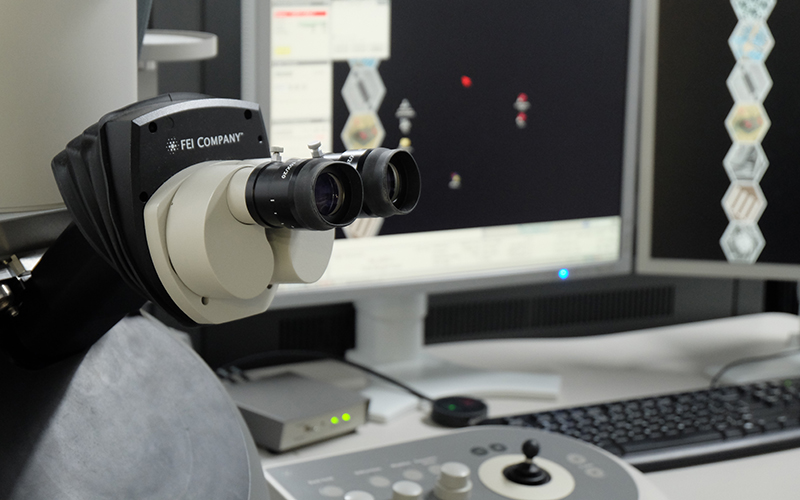
The control of vertebrate axial progenitors


This results from the activity of various progenitors with stem cell-like properties that can be classified in different groups according to the tissues they generate.
Particularly relevant are those for the lateral and intermediate mesoderm: involved in the formation of the limbs and most internal organs, and the bipotent neural-mesodermal (NM) progenitor that generates both the neural tube and the paraxial mesoderm, which is the origin of the axial skeleton, dermis, and skeletal muscles.
Although embryo growth is a continuous process, it is regulated by different mechanisms when forming head, trunk or tail structures. Trunk development, the area of the body containing most organs involved in vital and reproductive functions, requires contributions from both the progenitors for the lateral and intermediate mesoderm and the NM progenitors; at this stage all progenitors are located in the epiblast.
Conversely, tail development depends solely on NM progenitors, now located in a different structure, the tailbud. The change from making trunk to making tail is known as the trunk to tail transition. During this transition, the progenitors for the lateral and intermediate mesoderm undergo terminal differentiation to organize the morphogenesis of the caudal end of the digestive, excretory and reproductive tracts, and to form the hindlimbs.
The NM progenitors also undergo major changes during this transition, resulting in their relocation from the epiblast to the tailbud. Due to its complexity, the trunk to tail transition is often affected by genetic or environmental factors, producing congenital malformations such as spine bifida or the caudal regression syndrome.
Despite the importance of this transition, surprisingly little is known about how it is regulated, to a large extent owing to the difficulties to isolate the different axial progenitors from the embryo in a way that allows their study. Both gain and loss of function analyses in the mouse have shown that Gdf11 signaling occupies a pivotal position in this regulation, modulating the functional properties of the various axial progenitors. Gdf11 signaling activates Isl1 expression in the progenitors for the lateral and intermediate mesoderm to organize their terminal differentiation. This signaling is also involved in NM progenitor relocation to the tailbud because in Gdf11 mutants a pool of these progenitors fails to relocate and accumulates in a distinct domain in the ventral part of the tail.
So far, the origin of this phenotype is unclear. However, it provides a unique experimental setup to explore the mechanisms of NM progenitor relocation as comparison of the NM progenitor pools that succeeded or failed relocation will very likely lead to the identification of the molecular drivers of this relocation. To be able to do this, we will use a strategy recently developed in the lab that allows specific recovery of NM progenitors from the mouse embryo by combining stable fluorescent labeling of all axial progenitors with the posterior identification of the NM cells on the basis of their specific functional properties.
By introducing this system in the Gdf11 mutant background, we will recover the two NM progenitor pools from Gdf11 mutants and compare their transcriptomes to identify candidate genes to be involved in the regulation of NM progenitor transition. Selected candidates will then be validated and subject to functional studies in the mouse embryo. In this project, we will also extend our current analysis of potential Gdf11 signaling targets regulating the trunk to tail transition that we have recently identified in our laboratory. We will further explore their mechanisms of this regulation, their relevance for the control of the trunk to tail transition and their possible role in the evolution of the vertebrate body plan.
The processes regulating the end of axial extension are activated after the completion of the trunk to tail transition. Axial termination is typically progressive, although its pace varies widely among species. Interference with this process can lead to malformations such as sacrococcygeal teratomas. We have recently found that in Gdf11 mutants axial termination is not progressive, producing thick tails resembling more anterior areas of the vertebral column.
This indicates that proper axial termination requires active Gdf11 signaling. We will explore the role of Gdf11 in this process by isolating and comparing NM progenitors from the tails of wild type and Gdf11 mutant embryos after they entered the tailbud, using again our genetic system to label and isolate NM progenitors from mouse embryos. Understanding how the trunk to tail transition and axial termination are regulated might help finding ways to prevent or reduce the severity of congenital malformations associated with their failure.
